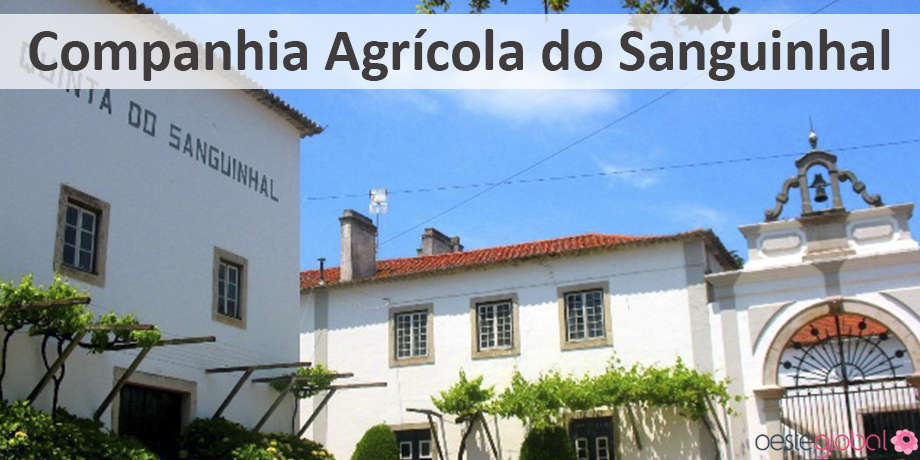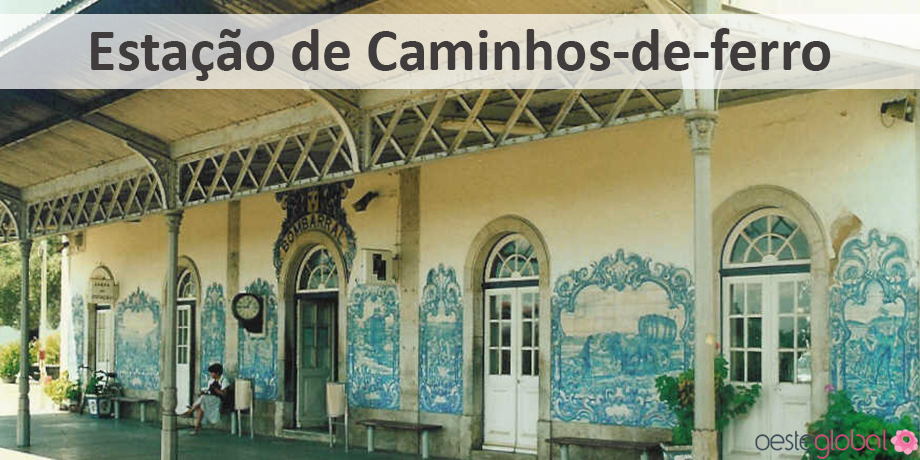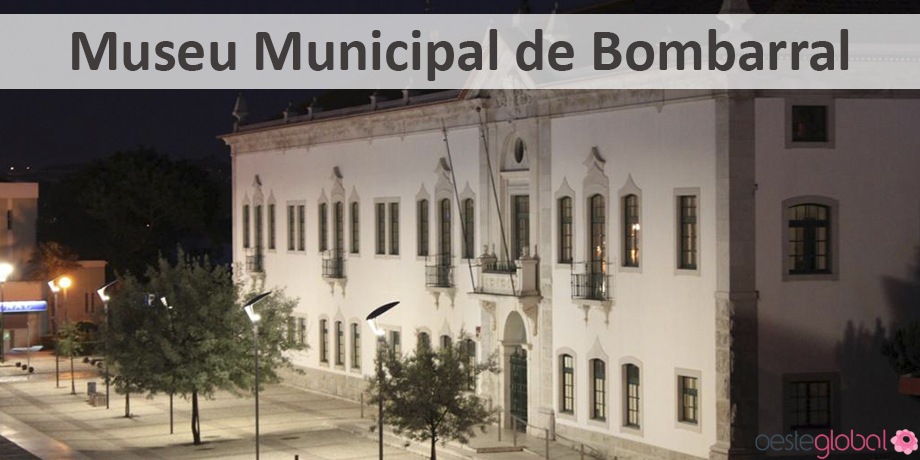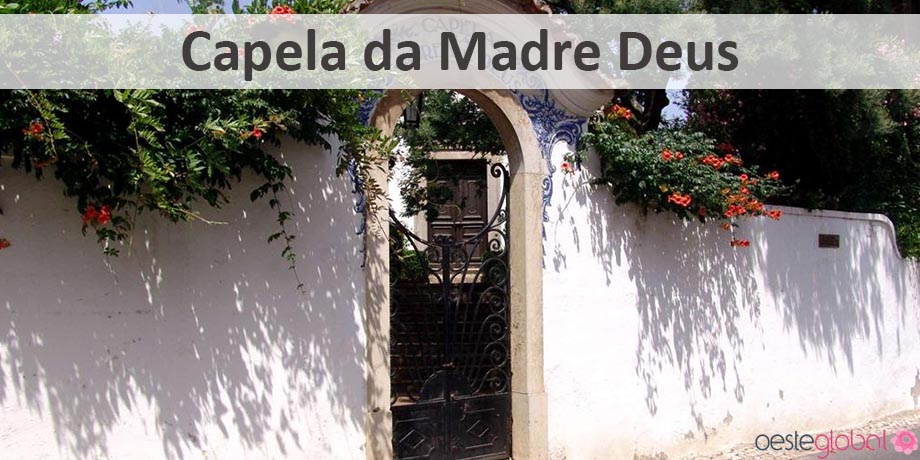Heritage in Bombarral
The Bombarral municipality is in an agricultural region, whose fruit of the work of the monks of Alcobaça is the Rocha Pear, both recognized nationally and internationally. However, this county was the scene of the struggle for independence, the Napoleonic invasions – known as the Battle of Roliça. The county of Bombarral dates back to the formation of the nation and its liberation and independence.
Buddah Eden – Quinta dos Loridos – also known as Buddha Eden. This solar is exemplary of rural architecture of the eighteenth century, built by Sanches family Baena. Aforados solar and farm J. Pedro Barbosa in 1821, after bequests to family Sepúlveda, who later sell to a commercial company producing wine “Loridos – Gross”. It is currently owned by José Berardo, exploring it as Buddha Eden, building thematic gardens, and other Eastern European character nature.
Wine tourism – the Agricultural Sanguinhal Company it was founded in the twenties, Abel Pereira da Fonseca, dedicated to the exploration of three fifths in the demarcated region of Obidos. These the 5th represent the DOC wines with more prestige, claiming the Wine Route and the West of wine, such as Quinta do Sanguinhal that allows visitors to stimulate their spirit of adventure and experimentation, Quinta das Cerejeiras and Quinta de São Francisco.
Municipal Museum Bombarral– this museum has seven rooms and each of them offers a different theme, from archeology to a collection of writers, of medals, ethnography, among others.
The “Archaeology Room” features a collection of a county rich in archaeological sites, which highlights the New Columbeira Cave, Lapa of Shuham and Castro Columbeira, a range from the middle Paleolithic to the Roman era, the whole human occupation in the county of Bombarral, over thirty thousand years. This room is considered an exemplary nationwide.
The “Vasco room Pereira da Conceição and Maria Barrier” is a space dedicated to benefactors P. Vasco da Conceição and Maria Barrier, whom the museum owes its name and existence of a booty of medals and sculptures of various materials, which are an invitation to the perception of a course in power lines of modern and figurative work.
A “Julio Cesar Machado Room” is dedicated to Lisbon writer with roots in A-dos-Ruivos in Bombarral municipality. Julio Cesar Machado was notable in writing serials, being recognized as one of the great writers of Lisbon, in the nineteenth century. This space has a personal and literary estate of Julius Caesar Machado, from 1835-1890.
The “Room Jorge Almeida Monteiro” features a large polyptych in 1961 tin, with scenes of Bombarral agricultural life. This was a great attraction of the II Portuguese Wine Festival, along with the rocket man sculpture, were two works that have attracted attention in a room dedicated to Bombarralense talent, Jorge Almeida Monteiro.
The “Ethnography Room” due to the success of the temporary exhibition “Knowledge Village – Old Memoriad of professions”, this ended up as a permanent exhibition. This introduces visitors, young and curious professions developed by grandparents, barber, baker, basket maker and blacksmith, through cooper, miller, potter, shoemaker and publican nine ancient arts Bombarral recalls with so much pride.
The “Medals” A medal exhibition donated by Jaime Bento, who are on the theme: monuments, holy and religious celebrations and ethnographic elements.
Finally, the “epigraphy room and Heraldry” is in the north gallery of the ground floor of the museum, exposing a epigraphic core, which includes several stele, tombstones and weapons stones. This estate constitutes an effective proof of late medieval experience, modern and contemporary Bombarral municipality.
Regarding the architectural heritage you can find a bit scattered throughout the county of Bombarral, each with its history and your interest.
In parish of Bombarral
City Hall (Old Palace of Henriques) – rebuilt in 1751 and sold to J. Pedro Barbosa, after bequeathing it to the family Pereira Soares, who was acquired for City Hall, was inaugurated. In this you can find the municipal garden of the Four Seasons and the Municipal Forest, which contains a grove of primitive forest species declared as a valuable heritage.
Gorjão Palace – this unfinished construction of the sixteenth century, was acquired by the City Council, which early restoration and adaptation, and ateliers installed, the Municipal Museum and the Tourist Office, and still in its annex, is the Municipal Library, a covered auditorium and the outdoor amphitheater with green spaces and a mirror of water. This palace is considered a property of public interest.
Chapel of São Brás – this is the tomb chest of Luis Henriques, the first of Henriques Bombarral, a Valentine Ala rider in the Battle of Aljubarrota and Mantieiro chancel of John I. In 1531, Loud Noise due to the earthquake, and later rebuilt . Now it is the chapel of the cemetery of Bombarral.
Chapel of the Mother God – owned Agricultural Company Sanguinhal and also part of the Quinta das Cerejeiras. Built in 1537, according to documents from the Torre do Tombo, this is the image of their patron saint represented in stone sculpture.
Parish Church of the Most Holy Saviour of the World – inaugurated in 1953, this parish church with a modern building, replaced the previous apeada, 1924. Authored by sculptor Luiz Fernandes, central facade has more than six meters high.
Theatre Eduardo Brazão – this architectural model is classified as property of public interest due to its representativeness in relation to the classical Italian theaters, horseshoe-shaped, which come from 1921.
Railways Train Station – this season holds the tile panels of the 1930s, whose representation is the wine industry in the region. These tiles are regarded as a welcome card for the visitor who comes to Bombarral by train.
In parish of Carvalhal
Medieval tower – is the oldest building in the entire county, being donated by D. Dinis to an Aragonese nobleman who moved to Portugal and was maternal great-grandfather of D. Nuno Alvares Pereira. This figure still a will of Sancho II, in the thirteenth century, has since come to have multiple owners, as Lafetat traders who previously had settled in Portugal, and consequently built a solar Bombarral, which later It gave rise to the Quinta dos Loridos.
Chapel of Our Lady of Perpetual Help – built in 1574, it sent build by Barbara Henriques, trineta Luís Henriques. The interior has tile panels 1733, telling the Marian life and displays the image of the Milk Virgin. This is also considered as property of public interest.
Chapel of the Blessed Sacrament – founded by Queen Leonor, the first half of the sixteenth century, and later enlarged and restored and already in the eighteenth century is covered with tiles. Your images have a good quality, the level of stone and wood, polychrome sixteenth-eighteenth century. His altarpiece of the primitive altar is attributed to the painter António Costa.
Parish Church of the Lord Jesus and St. Peter – this church is surrounded by a wooded park, being built throughout the nineteenth century and earlier, a primitive hermitage to St. Peter, patron saint of the parish of Carvalhal. Welcomes pilgrimages, tapers, fairs and festivals and other religious events. It is still present, an image of Christ crucified, which its appearance is involved in a mystery.
In parish of Roliça
Church of Our Lady of Purification – time coming from the sixteenth century, holding a baptistery with oil port 1557, with a side chapel of the epistle and consecrated to the Holy Spirit. This was founded by the noble Francisco Gorjão and wife Brites Henriques. Also holds several gravestones apparently the fourteenth century.
Mansion of Mellos e Castro – one sixteenth-century residence located in São Mamede, being regarded as a building of public interest.
St. Lawrence Chapel – attached to the Solar dos Mellos and Castro, it comes from the sixteenth century and was built by Martin Afonso de Mello, as a promise to St. Lawrence, its patron saint, whose worship comes from his rescue of a great danger of the sea. Inside you can find a sanctuary carved, marble and round dome of the eighteenth century and along with this, it is still possible to see a tile baseboard, whose objective is the representation of the life of the patron saint, in the eighteenth century.
Chapel of the Lord Jesus the Good Time – located in the village of Columbeira, and Consists of two sculptures of Santa Justa and Santa Rufina and the painting dedicated to Josefa d’Obidos. However, highlighted is the sculpture of St. Anne and the Virgin and the Virgin painting with his Child.
Na freguesia de Pó
Chapel of Santa Catarina – built in 1903, replacing the old chapel, but preserving the stone sculpture of the seventeenth century, dedicated to the patron saint.
In parish of Vale Covo
Church of the Sacred Heart of Jesus – Opened in 1967, where the altar is a Florentine mosaic panel depicting the Last Supper, authored by Antonio Lino.









